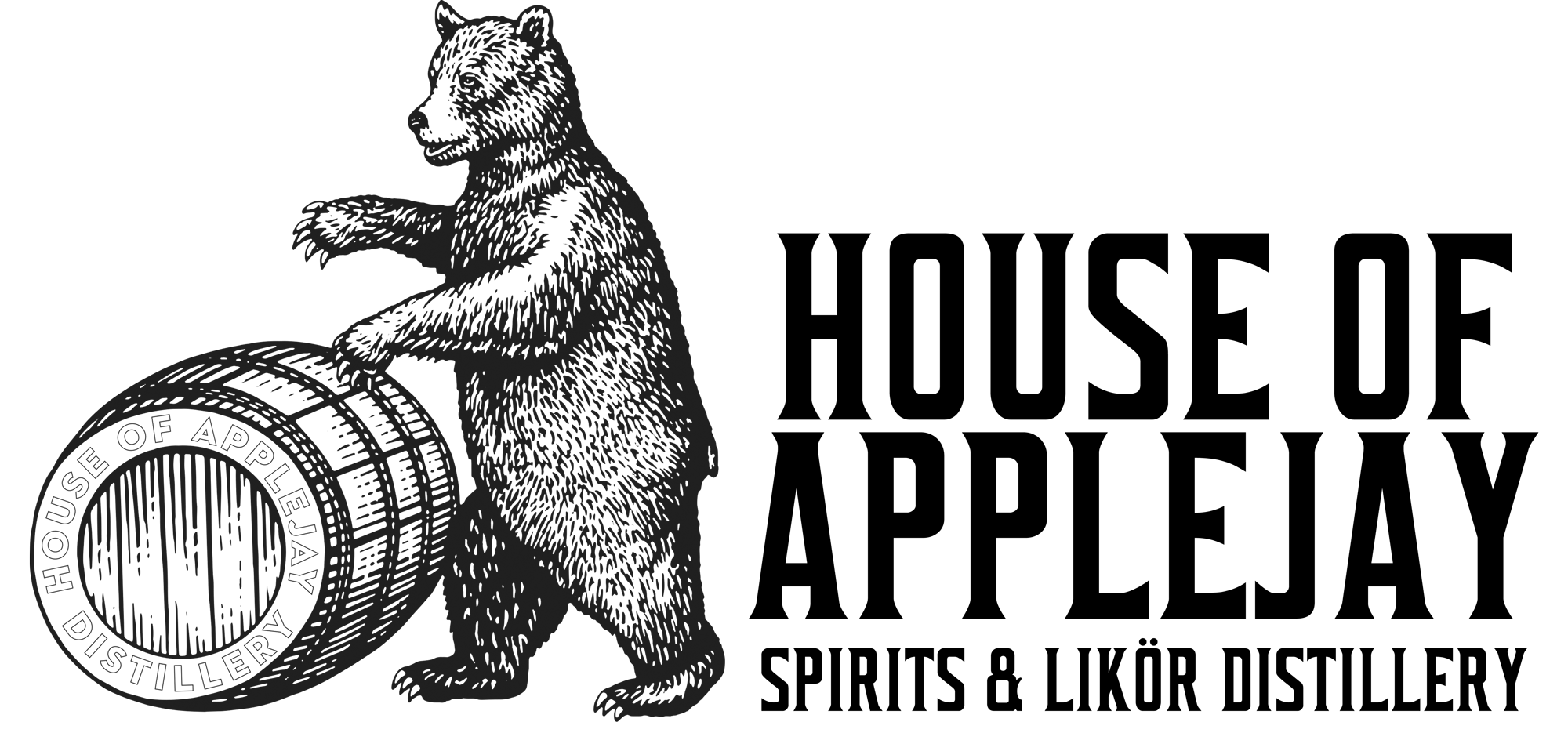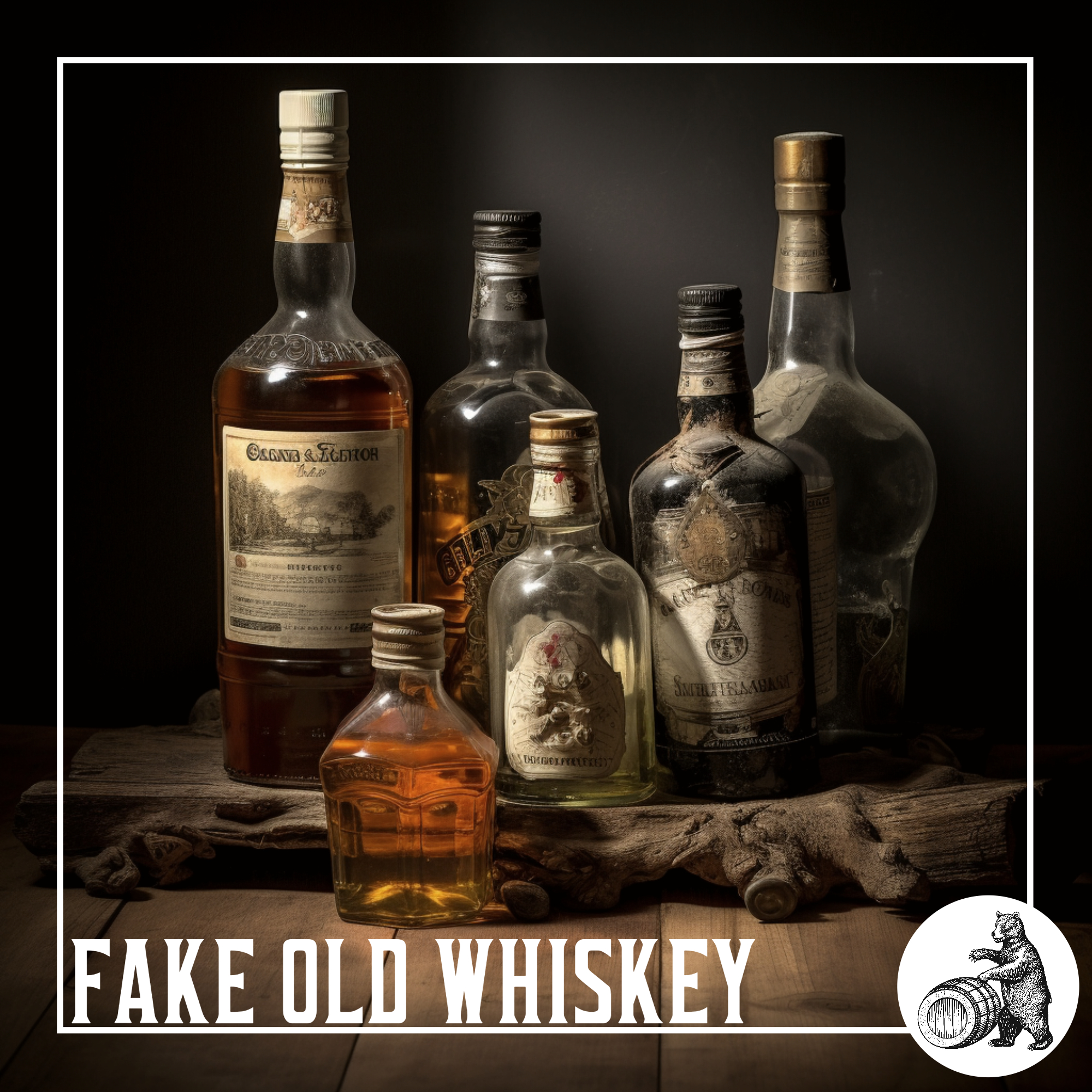Fake Old Whiskey
Counterfeit Whiskey
Counterfeit whiskey has emerged as a serious issue within the spirits industry, with unscrupulous individuals seeking to profit from the allure of rare and aged spirits.
Counterfeit whiskey refers to the production and distribution of fake or misrepresented spirits, often mimicking the appearance of esteemed and aged whiskey. This deceptive practice extends beyond merely copying labels; it involves manipulating the contents of the bottle to present a facade of rarity and quality.
The production of fake old whiskey employs various methods.
Coloring and Flavoring Agents
Counterfeiters skillfully use coloring and flavoring agents to cloak the true age and quality of the whiskey. This deceptive technique aims to replicate the rich hues and intricate flavors typically associated with well-aged spirits. By artificially enhancing the appearance and taste, unsuspecting buyers are lured into believing they’ve stumbled upon a rare gem.
Blending with Cheaper Spirits
Another cunning method involves blending small amounts of authentic vintage whiskey with larger quantities of lower-quality spirits. The resulting blend is then cleverly marketed as a rare or high-end whiskey. This practice allows counterfeiters to capitalize on the reputation of esteemed distilleries and coveted vintages while cutting costs with subpar ingredients.
Fake Packaging and Labels
Criminals spare no effort in meticulously replicating packaging, labels, and even holographic seals to create a convincing imitation. This level of detail makes it exceptionally challenging for even seasoned collectors to distinguish between authentic and fake bottles. The art of duplicating the entire aesthetic experience adds an extra layer of sophistication to the deception.
In recent years, the industry has witnessed several high-profile cases that thrust counterfeit whiskey into the spotlight.
The 2018 Scottish Collector’s Dismay
One of the most renowned cases occurred in 2018 when a collector in Scotland uncovered the harsh reality behind a prized bottle of Scotch whiskey. Purchased for a hefty sum of over $10,000, the bottle was believed to be a rare gem, only to be revealed as a counterfeit product. This revelation sent shockwaves through the whiskey community, prompting increased scrutiny of the vintage whiskey market.
The Talisker Time Warp
In a case that left experts astounded, a bottle of Talisker with a label indicating it was distilled in 1863 was exposed as a deceptive creation. Scientific analysis revealed that the whiskey within the bottle was likely distilled between 2007 and 2014. This discovery underscored the sophistication of counterfeiters who not only mimic appearances but also fabricate historical timelines to enhance the illusion.
Ardbeg’s Anachronistic Anomaly
Another high-profile case involved a bottle of Ardbeg supposedly from 1964. However, thorough investigation revealed that the spirit within the bottle was likely distilled after 1995. This incident highlighted the need for advanced authentication methods, as the counterfeiters managed to deceive even the most experienced eyes in the industry.
Laphroaig’s Time-Traveling Deception
Adding to the string of exposés, a bottle of Laphroaig labeled 1903 was found to have a more recent origin, dating to 2011 or later. This case further fueled concerns about the prevalence of fake old whiskey in the market, leading to a call for enhanced transparency and authentication measures.
Authentication methods for Old Whiskeys
While methods such as infrared spectroscopy and chemical analysis are effective in distinguishing authentic whiskeys from counterfeit ones based on their alcohol composition and volatile compound ratios, they fall short in confirming the age of the whiskey. Recognizing this limitation, the Radiocarbon Lab at the Scottish Universities Environmental Research Centre has pioneered a groundbreaking approach using carbon-14 dating.
The researchers at the Radiocarbon Lab developed a method that involved constructing a calibration curve. This curve was established by comparing carbon-14 data from whiskeys with documented distillation years ranging from 1950 to 2015. Utilizing this calibrated approach, the researchers could assess the authenticity of seemingly rare whiskeys that purportedly originated from the years 1847 to 1978.
The findings of their study revealed a significant prevalence of counterfeit products within the whiskey market. This underscores the critical need for advanced detection techniques and increased vigilance among consumers and collectors.
The Distilling Culture
BLOG
Embark on a global journey, and you’ll find that cultures possess tales that harken back to their ancient beginnings of distillation, brewing, and winemaking.
info@houseofapplejay.com
67 Fowler St, Bldg B, East Ellijay, GA 30540

